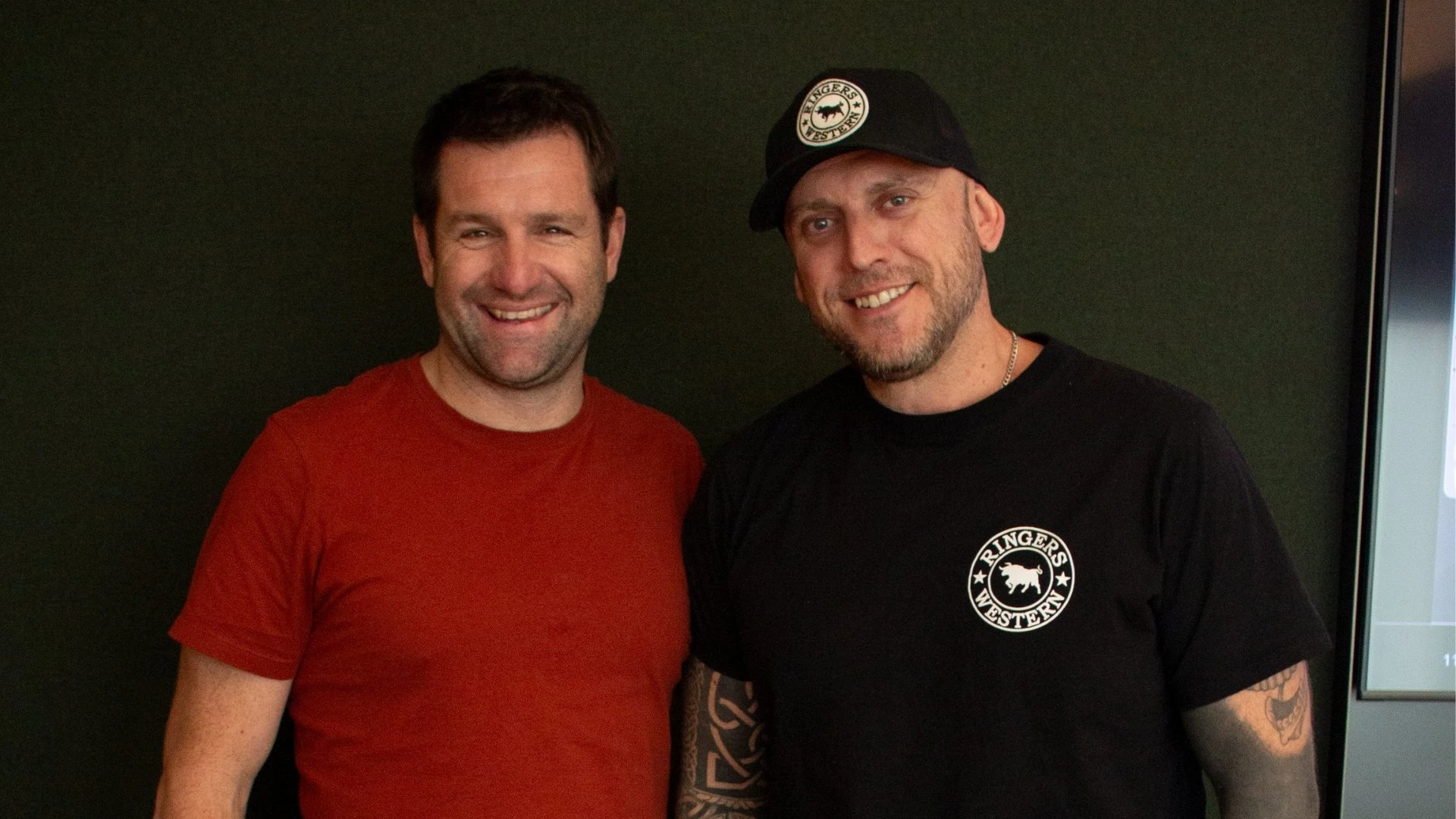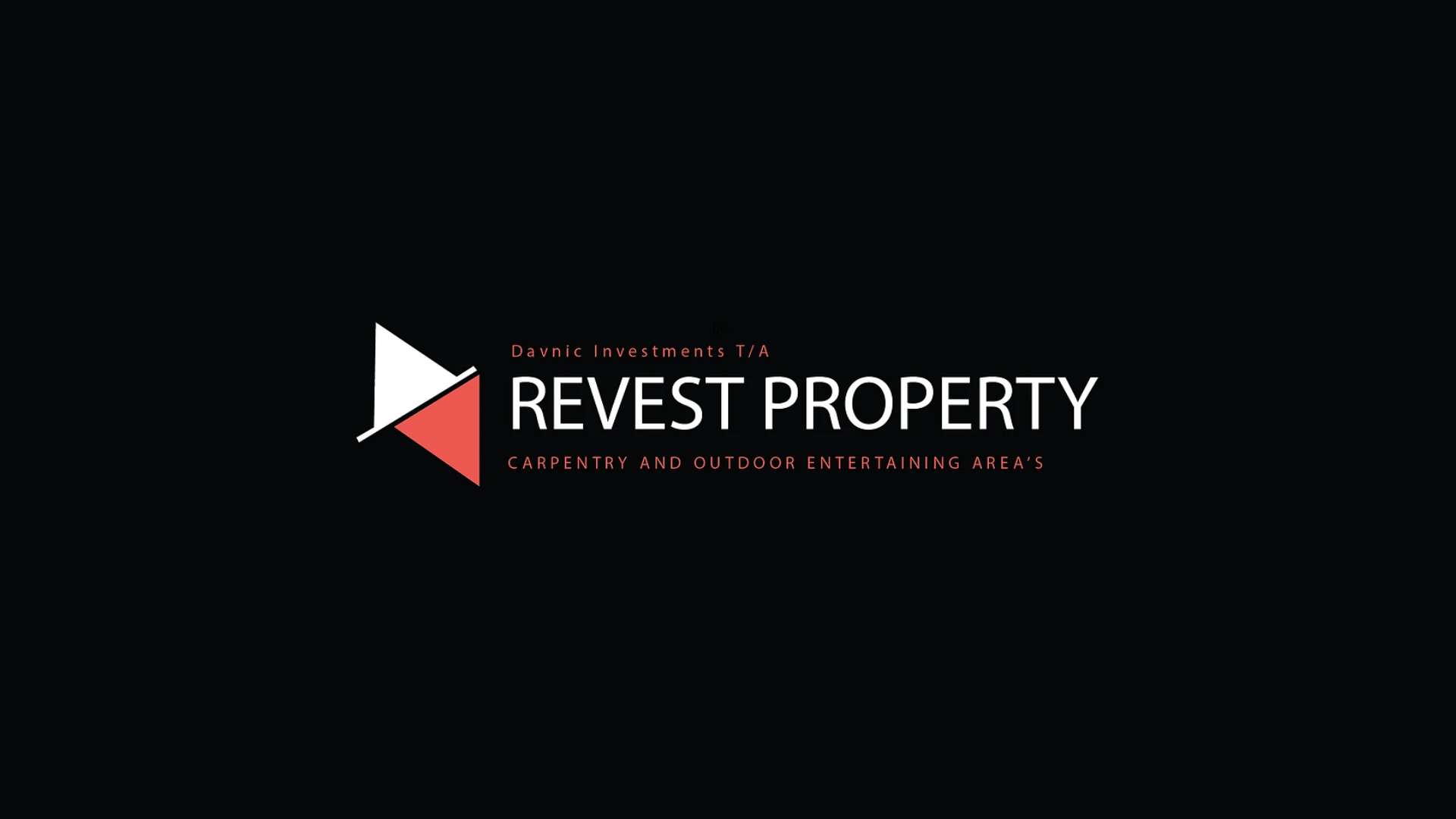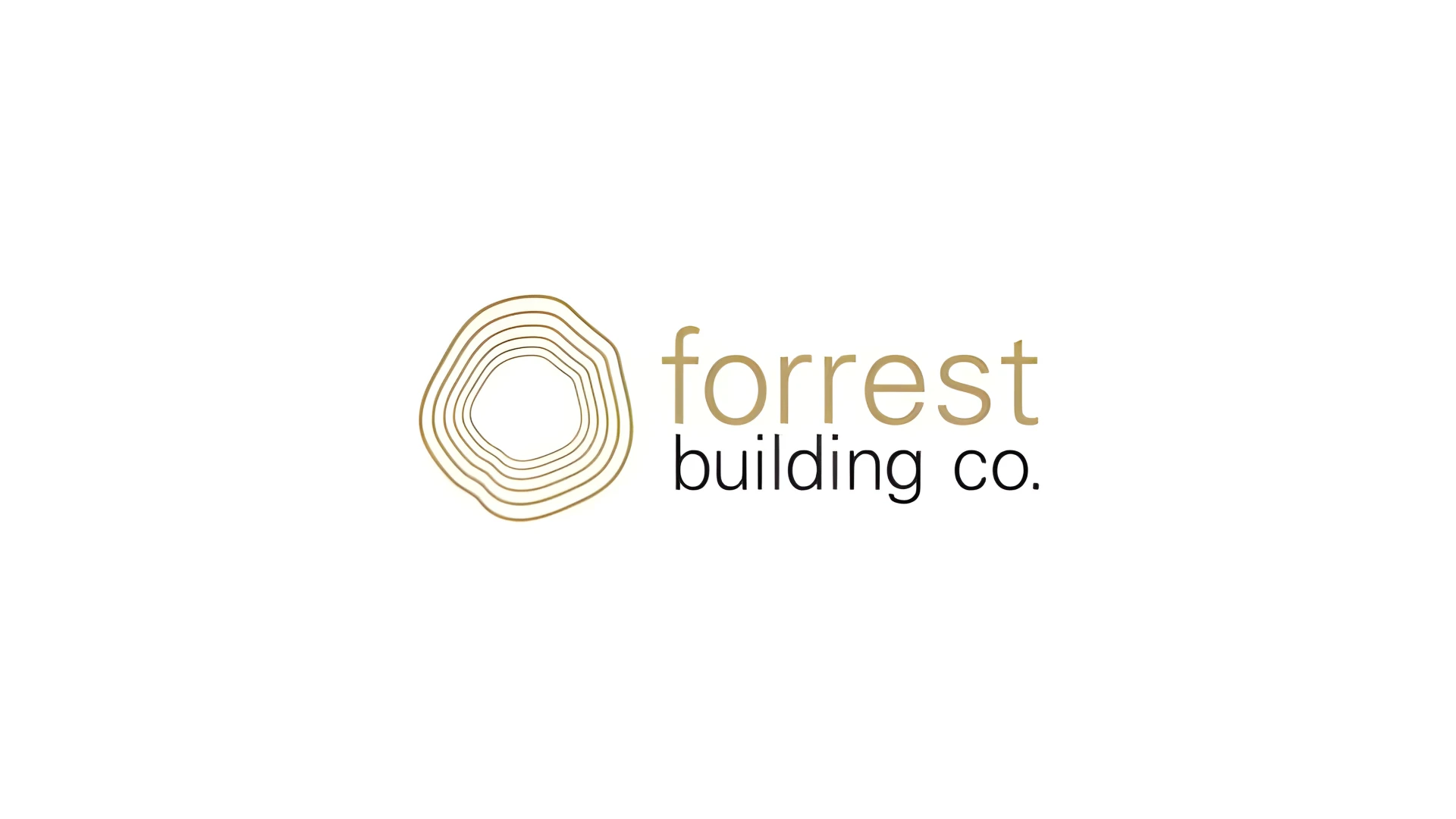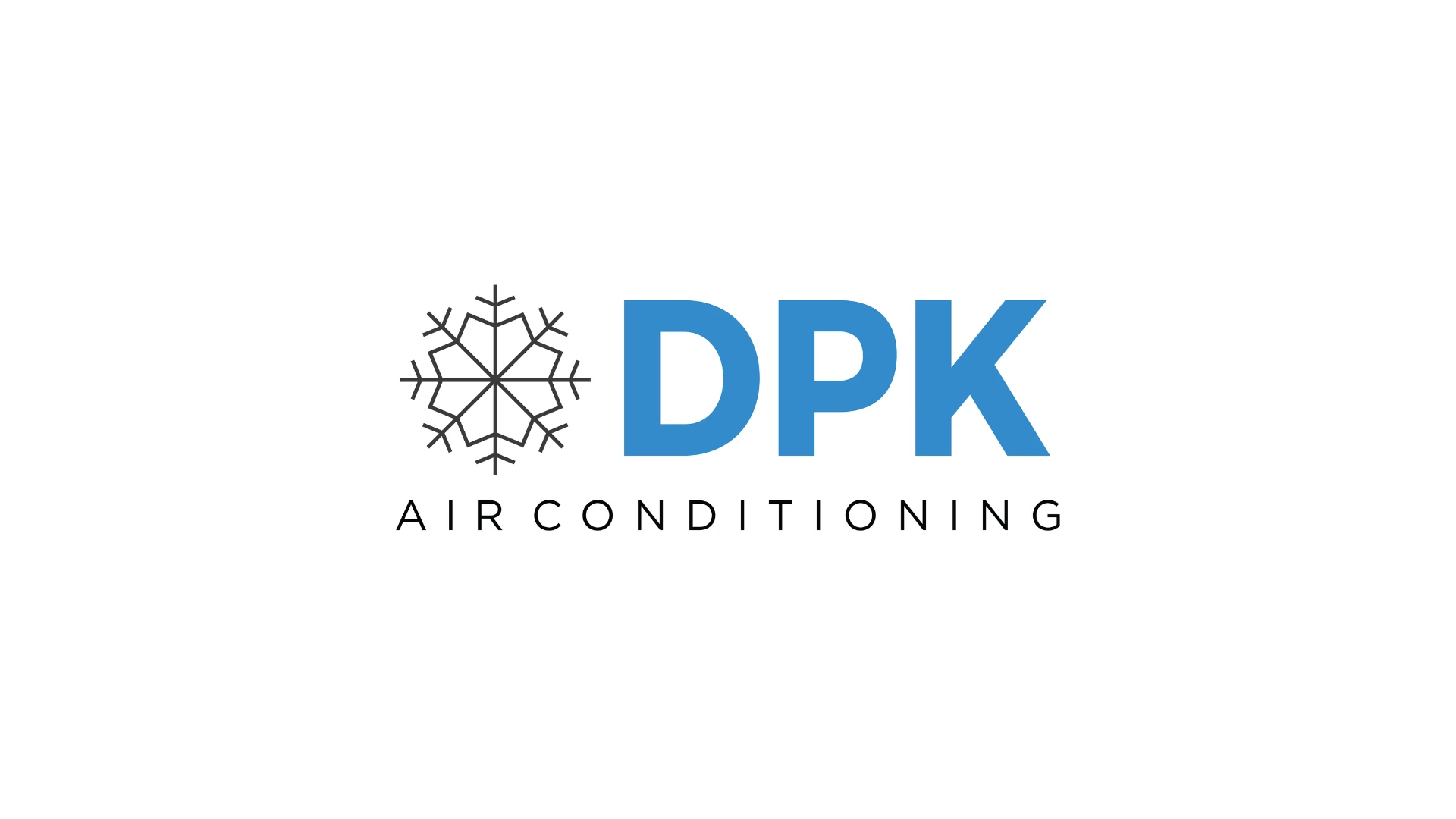This Financial System turned a near-bankruptcy into consistent profitability while 90% of businesses fail because they can’t read these 3 numbers
The Death Spiral Every Business Owner Fears
Dave was 72 hours away from losing everything
After walking away from a divorce with just his clothes, a guitar, and a camper trailer, Dave had rebuilt his life through pure determination
He worked himself to the bone as a carpenter, launched Revest Property, and was pulling in decent money on renovation projects
From the outside, everything looked under control
Behind the scenes, Dave was drowning:
- $180,000+ in tax and supplier debt
- A bookkeeper who wasn’t doing their job (but Dave didn’t know enough to realize it)
- Zero understanding of profit and loss
- If he tweaked his back and couldn’t work, immediate bankruptcy
“I didn’t know what a Profit and Loss Statement was. I was exhausted, stressed, and buried in paperwork I didn’t understand; running a business that felt like it was running me.”
The brutal reality that hit Dave was that he wasn’t running a business. He was running an expensive hobby that was about to destroy his life
The Hidden Financial Illusion Killing Businesses
Here’s what most business owners don’t understand:
revenue is vanity
cash flow is sanity
profit is reality
Dave’s problem wasn’t that he couldn’t make money….
…he was busy, projects were flowing, customers were paying
His problem was financial ignorance and blindness
The 3 Numbers That Predict Business Survival
- Cash Position: How much money you actually have (not how much you think you have)
- Profit Margins: How much you keep from every dollar earned (not just “feeling profitable”)
- Debt-to-Income Ratio: Whether your business can survive a single bad month
Dave was failing on all three. He was like a pilot flying blind in a storm; skilled at the craft, but headed straight for a mountain
Why Smart Business Owners Make Dumb Financial Decisions
Most business owners are operationally brilliant but financially illiterate. They can:
- Build complex projects from blueprints
- Manage teams and coordinate trades
- Solve technical problems under pressure
But they can’t:
- Read a P&L statement
- Calculate true job profitability
- Predict cash flow 30 days out
This isn’t stupidity. It’s simply a lack of specific skills. But in business, this financial ignorance is terminal
The Accidental Intervention That Changed Everything
Dave didn’t reach out for help. He didn’t even know business coaches existed
He met Andrew while doing a job at his house. A few casual conversations. Some business advice over a beer. Trust built slowly
“It started as a mate helping a mate. That’s what made it work. I didn’t even know what to ask for, I just knew something had to change.”
The pathway to profit was immediate. Dave wasn’t a businessman, he was a skilled tradesman working hard without a plan
The Financial Framework That Saves Businesses
When Andrew introduced Fundamental #3 of the ARC 10 Fundamentals of Business to Dave, everything changed
Not because Dave learned complicated accounting, but because he finally understood the 3 financial levers that control every business
Lever #1: Cash Flow Clarity
Before: Dave hoped there was money in the bank
After: He knew exactly how much cash he’d have in 30, 60, 90 days
The system: Weekly cash flow projections
- Track every dollar coming in (and when)
- Track every dollar going out (and when)
- Plan for gaps before they become crises
Result: No more surprise “we can’t pay suppliers” moments
Lever #2: True Profit Understanding
Before: Dave thought “busy = profitable”
After: He knew which jobs made money and which ones destroyed profit
The system: Job-by-job profitability tracking
- Material costs (actual, not estimated)
- Labor costs (including his time at market rate)
- Overhead allocation (real costs, not guesses)
- True profit margin per project
Result: He stopped taking jobs that felt good but killed profitability
Lever #3: Debt Elimination Strategy
Before: $180K debt felt insurmountable
After: Systematic debt reduction with clear timeline
The system: Debt avalanche + cash flow optimization
- List all debts by interest rate and payment terms
- Negotiate payment plans based on actual cash flow
- Allocate profit to debt reduction systematically
- Track progress weekly, not yearly
Result: Debt nearly eliminated, no overdue accounts
Dave’s Transformation: Numbers Don’t Lie
Within 18 months of implementing Financial Systems:
| Financial Metric | Before | After | Impact |
|---|---|---|---|
| Debt Load | $180K overdue | $150k+ paid off | -95% |
| Monthly Revenue | Inconsistent | Multiple $100K+ months | +300% |
| Cash Flow Predictability | Chaos | 90-day accuracy | Stress eliminated |
| Job Profitability | Unknown | Tracked per project | 40% margin improvement |
| Financial Stress | Constant panic | Peace of mind | Life changing |
But here’s what these numbers don’t show:
“I used to say I wanted to be out of the business by 50 — whether I had money or not. Now, I know I’ll be semi-retired with multiple investment properties. The belief is real.”
Dave went from overwhelmed and underwater to a business owner who gives advice to other trade businesses.
“The biggest surprise? I actually am a business owner now. That still blows my mind.”
Why Most Business Owners Stay Financially Illiterate
Reason #1: They confuse activity with progress. Being busy feels like success, but busy can be the most expensive way to go broke
Reason #2: They avoid numbers because numbers feel overwhelming. Financial statements look complicated, so they ignore them completely
Reason #3: They trust “gut feel” over data. “I think we’re doing well” becomes their financial strategy
Reason #4: They don’t know what they don’t know. You can’t fix problems you can’t see or measure
The Financial Systems Framework: Your Implementation Guide
Step 1: Establish Cash Flow Visibility
Create a 13-week rolling cash flow forecast
Track every dollar in and out:
- Customer payments (when, not if)
- Supplier payments (actual due dates)
- Tax obligations (quarterly estimates)
- Loan payments (fixed obligations)
- Operating expenses (real costs)
Update every Friday. No exceptions
Step 2: Implement True Job Costing
Calculate real profitability per project
For every job, track:
- Direct materials (including waste/returns)
- Direct labor (including travel time)
- Subcontractor costs (including delays)
- Equipment/tool costs (depreciation + fuel)
- Overhead allocation (insurance, vehicle, admin)
Know your numbers before you quote. Quote for profit, not just covering costs
Step 3: Create Profit & Loss Understanding
Learn to read your business in 3 minutes
Monthly review of:
- Revenue (total and by service type)
- Cost of Goods Sold (direct job costs)
- Gross Profit (revenue minus COGS)
- Operating Expenses (overhead costs)
- Net Profit (what you actually keep)
If you can’t explain your P&L to a 12-year-old, you don’t understand your business
Step 4: Build Financial Discipline Systems
Make money management automatic
- Separate business and personal accounts (completely)
- Set up automatic tax savings (30% of profit)
- Create equipment replacement fund (depreciation reality)
- Build emergency fund (3 months operating expenses)
- Establish debt payment schedule (systematic reduction)
Step 5: Weekly Financial Check-ins
15 minutes every Friday that could save your business
Review:
- Cash position vs. forecast
- Jobs completed vs. budgeted costs
- Outstanding invoices and collection needs
- Upcoming major expenses
- Progress toward financial goals
This isn’t optional financial work, this is an essential to business success
The Bottom Line
Dave’s transformation wasn’t about discovering secret strategies or working harder
It was about implementing basic financial systems that most business owners ignore
The Financial Systems framework took him from the brink of bankruptcy to consistent 6-figure months in 18 months
It gave him something more valuable than money, financial confidence and peace of mind
“It’s not about the biggest house or the flashiest car — although I did finally buy a Silverado. It’s about peace of mind. That’s what I’ve got now.”
Here’s what this means for you:
If you’re working hard but constantly stressed about money, you don’t have a revenue problem or a marketing problem
You have a financial systems problem
And financial systems problems can be solved in 90 days with the right framework
What Happens Next?
The Financial Systems framework is Fundamental #3 of the ARC 10 Fundamentals of Business
I’ve built and perfected these over the last 15 years of:
building and exciting multiple $10M+ business myself
supporting business owners with the growth of their businesses and achieving their individuals goals
It’s available to you, for free, inside of ARC Connect
It’s our free community for small business owners where we share the complete methodology for building a business that creates wealth without consuming your life, and provide execution support so you finally see real change and growth
All of the 10 Fundamentals work together:
- Goals & Priorities (Fundamentals 1-2)
- Financial Systems (Fundamental 3)
- Execution Framework (Fundamental 4) ← You are here
- Sales & Marketing (Fundamental 5)
- Operations & Systems (Fundamentals 6-7)
- Team & Leadership (Fundamental 8)
- Reporting & Accountability (Fundamental 9)
- Mindset & Identity (Fundamental 10)
Ready to build financial clarity into your business?
Access the complete Financial Systems and see exactly how Dave eliminated $180K in debt and built consistent 6-figure months inside of ARC Connect
Instantly Access ARC Connect HERE →
P.S. — Dave now takes Fridays off and plans to be semi-retired with investment properties. That’s not luck. That’s what happens when you stop guessing about money and start managing it systematically
What dave would tell you right now is to “Throw your ego in the bin and get help. Don’t wait. Don’t think about it. Just do it”
The difference between a successful business and a failed one isn’t talent, work ethic, or market conditions
It’s whether you can read the 3 numbers that control your financial future
Dave learned them. His business survived and thrived
The question is: Will you learn them before it’s too late?






